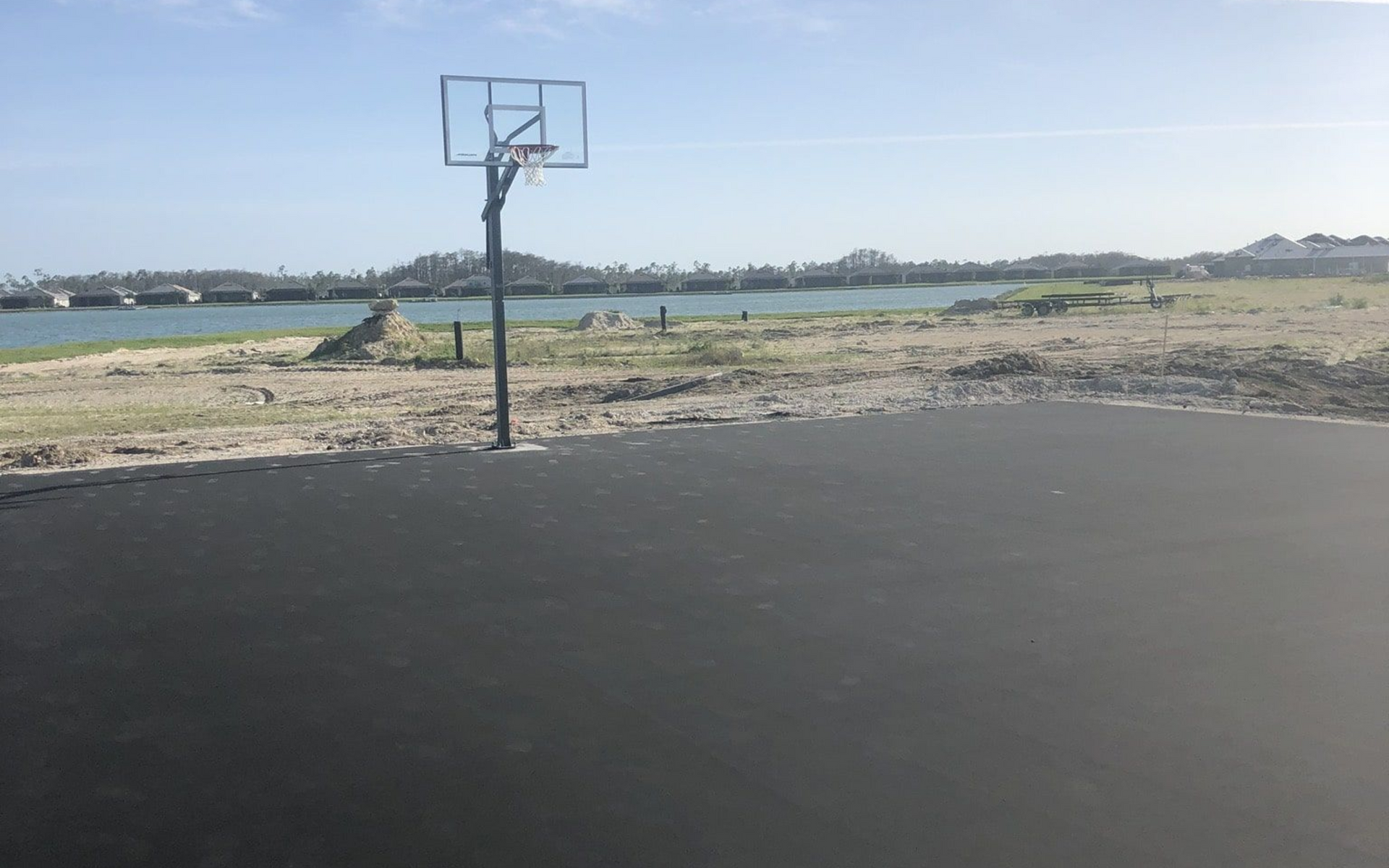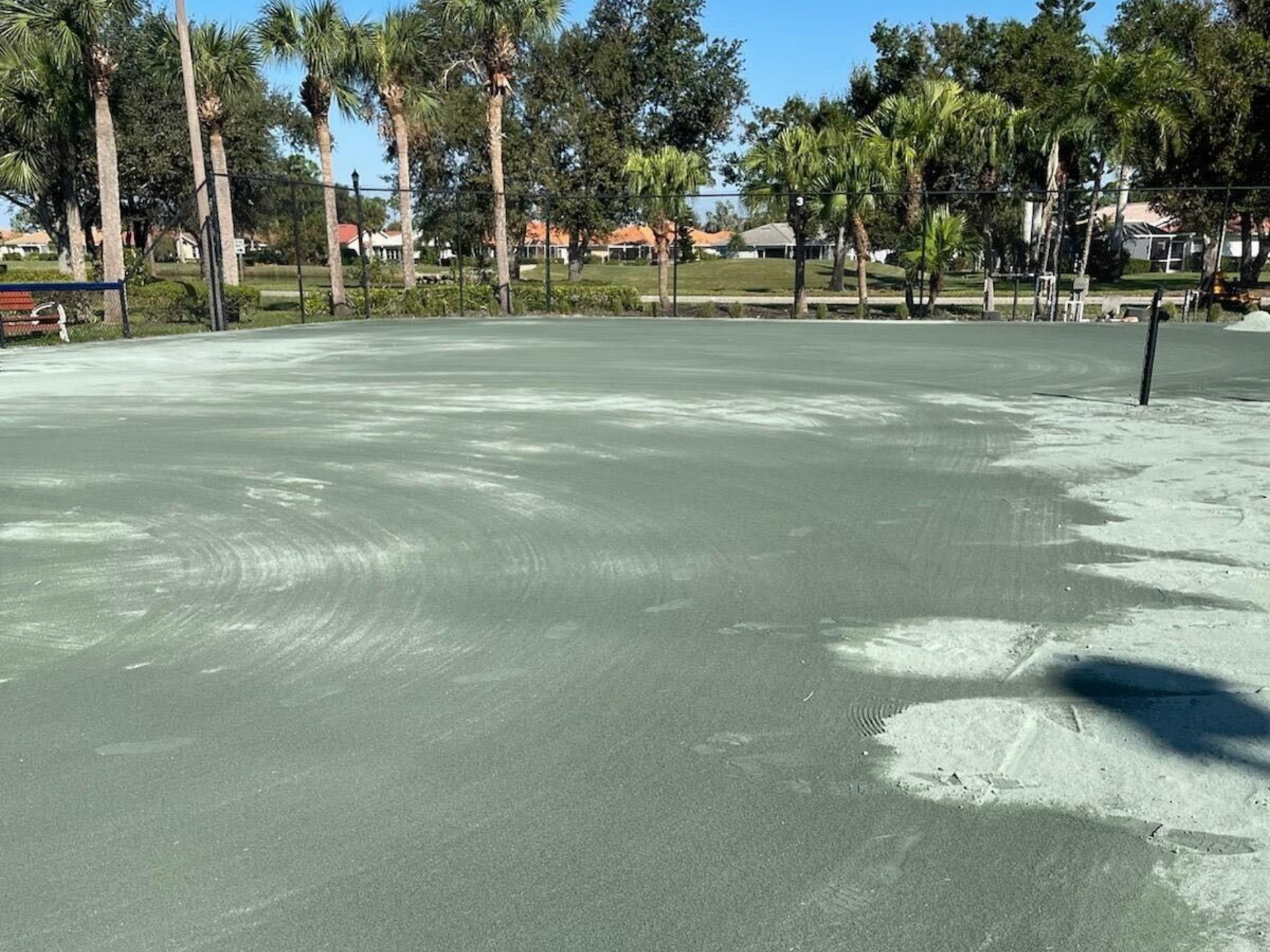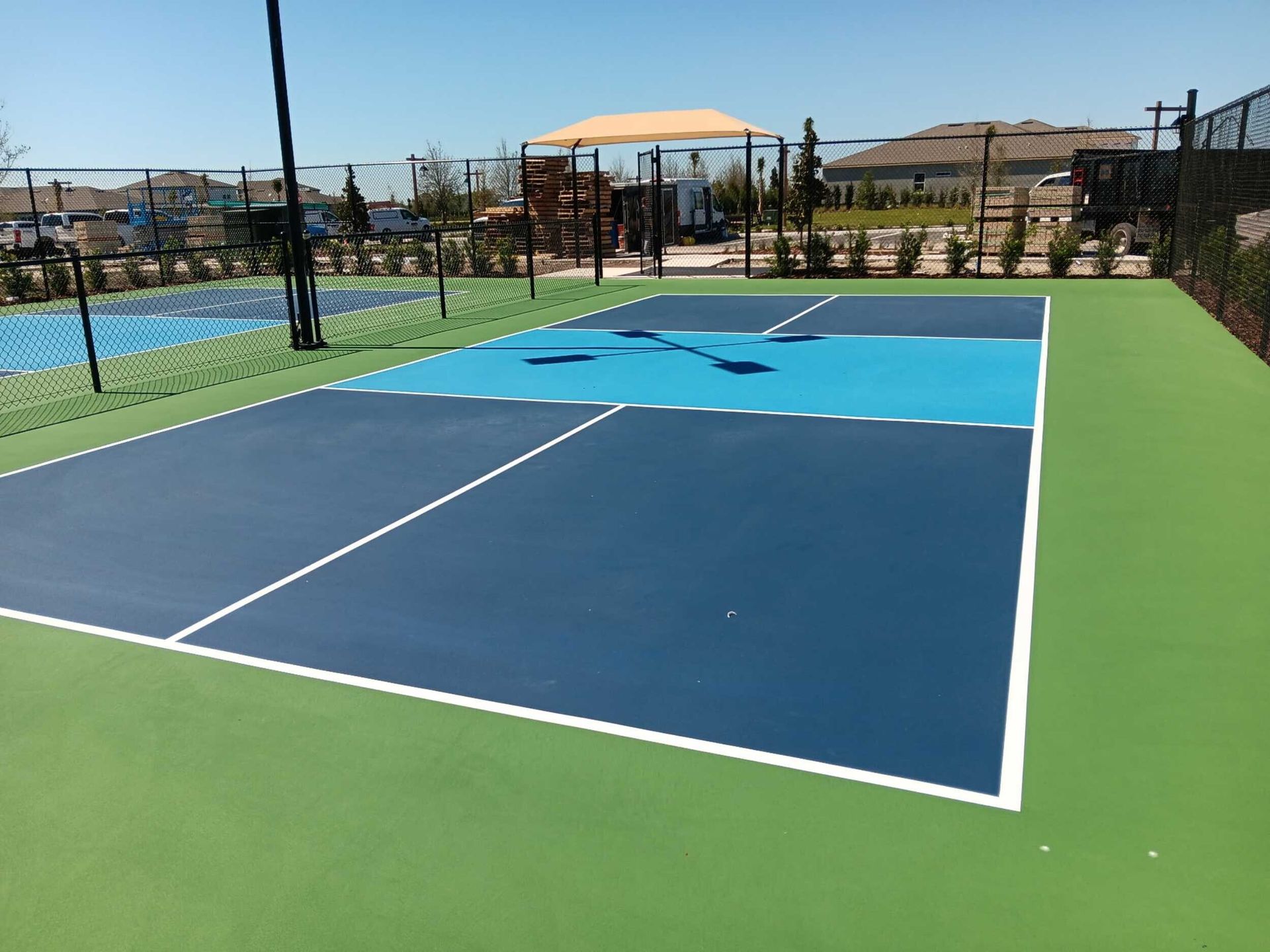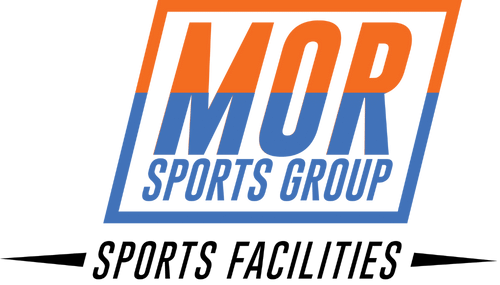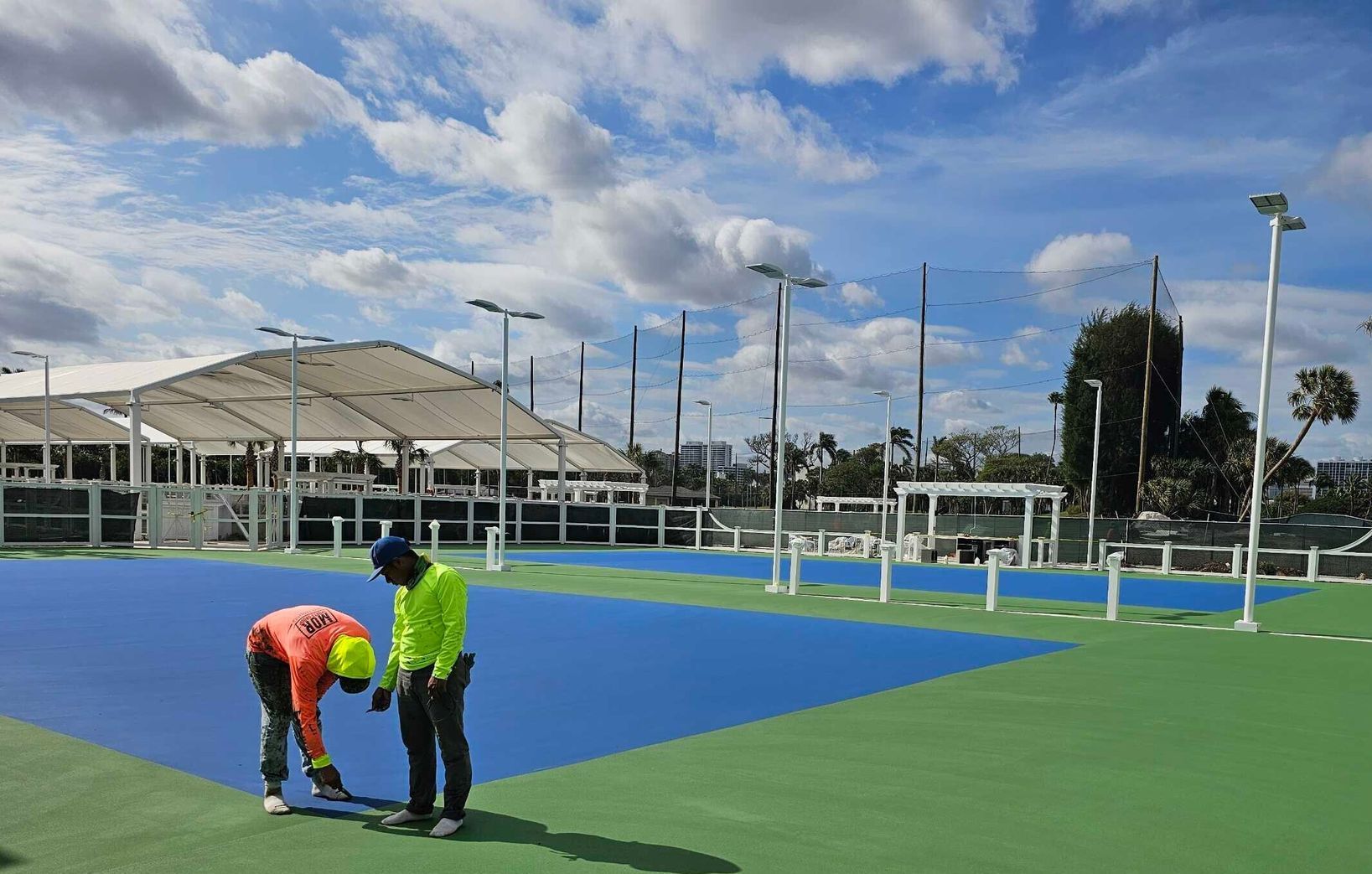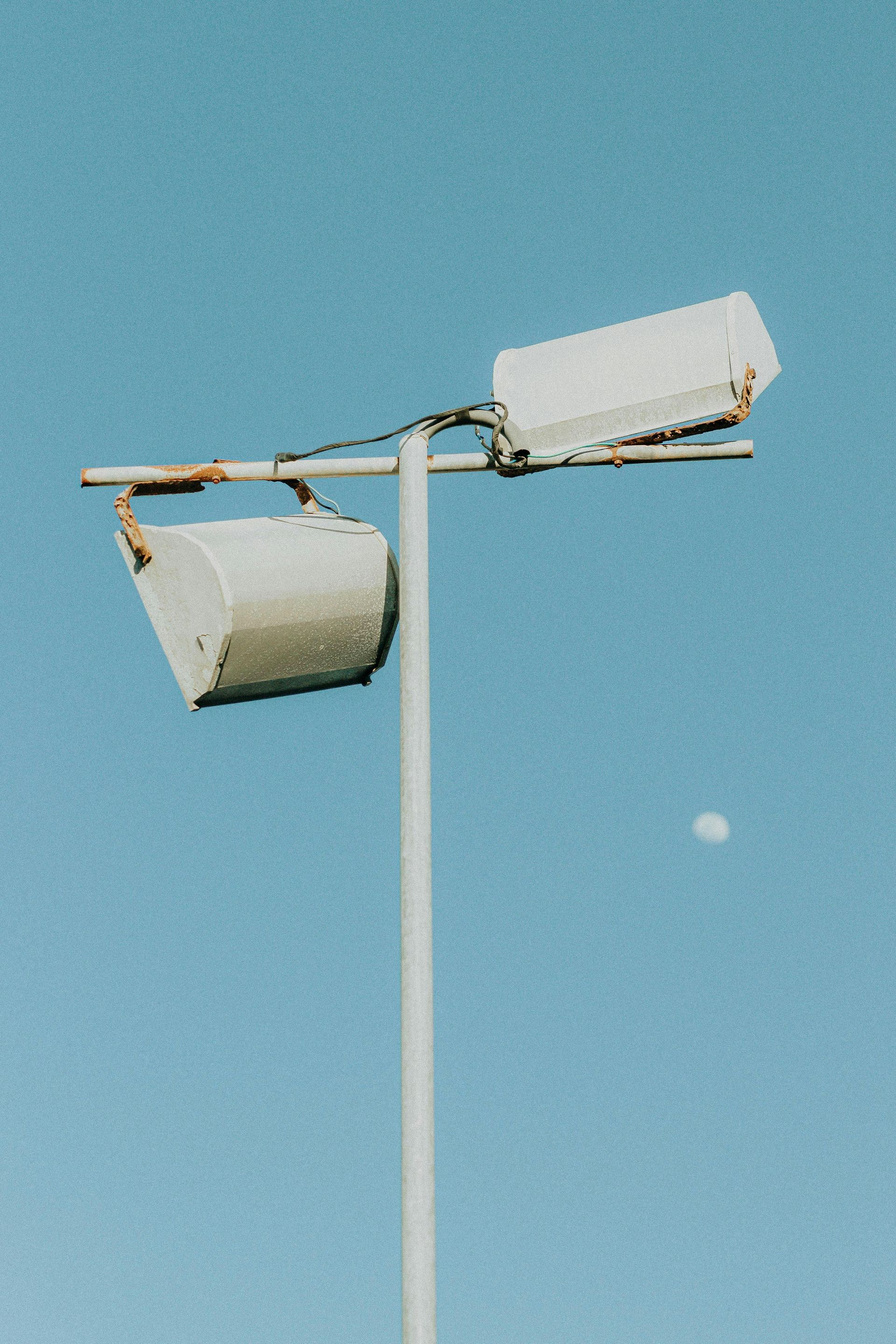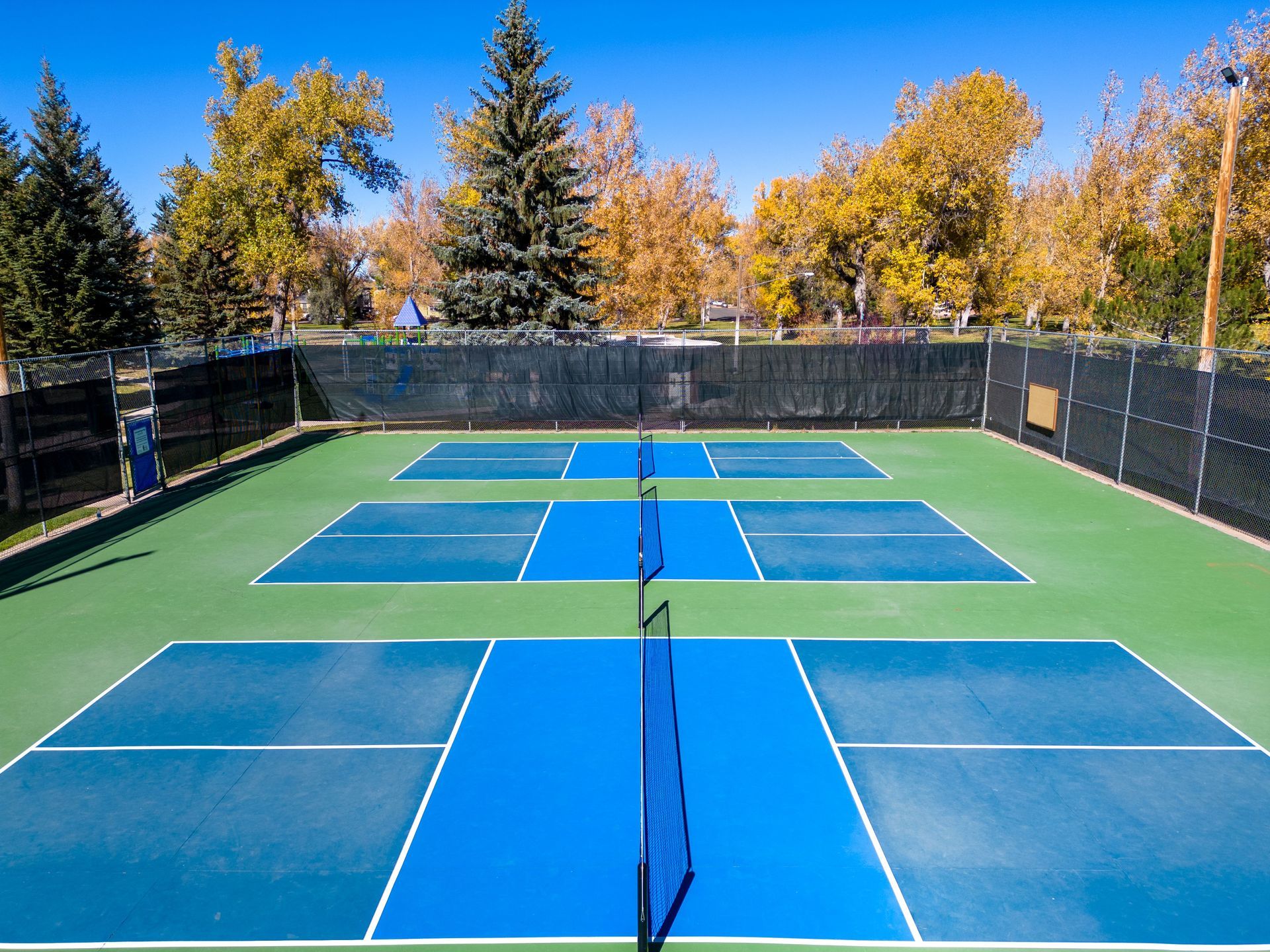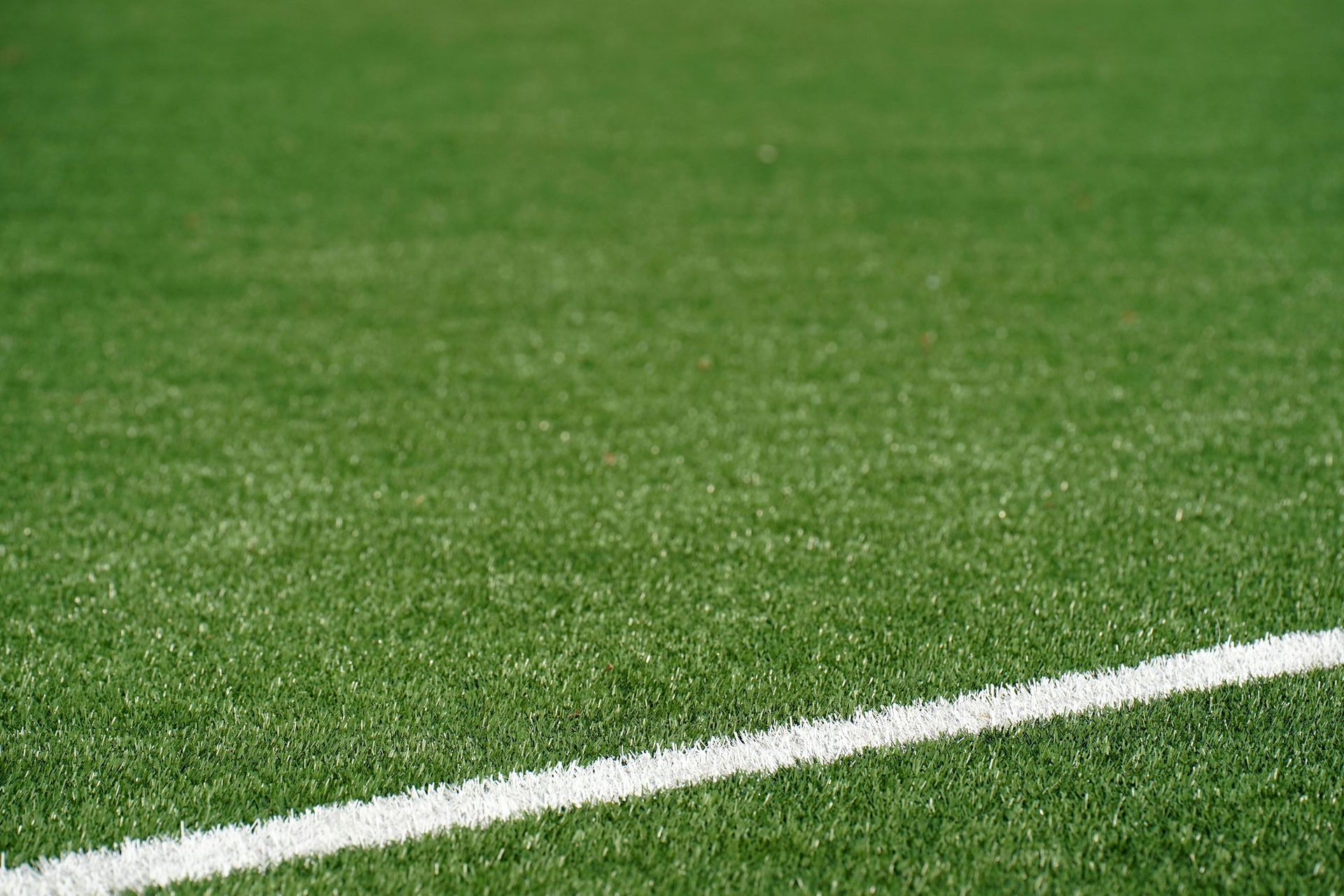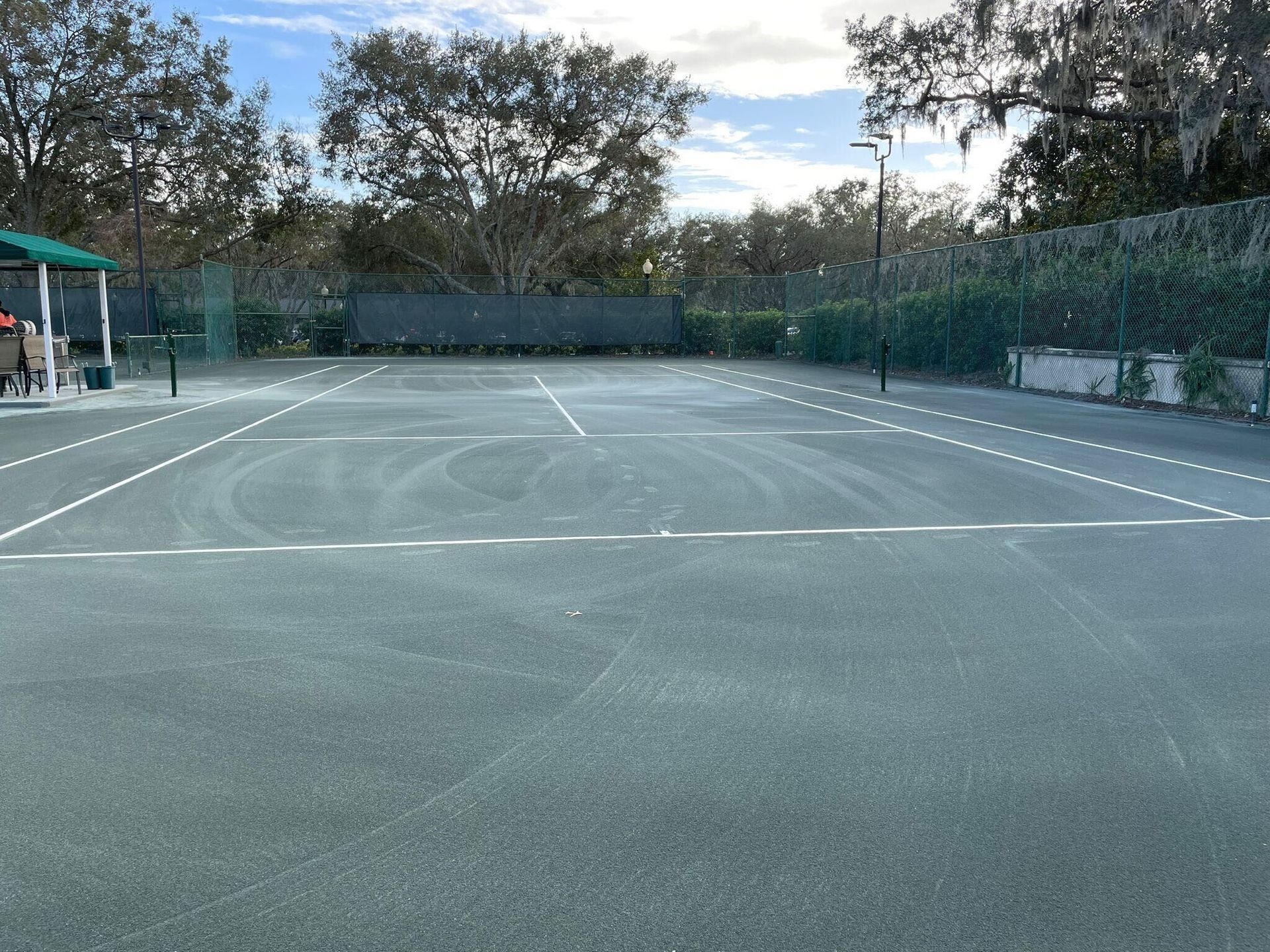Comparing Hardwood vs. Synthetic Basketball Court Surfaces
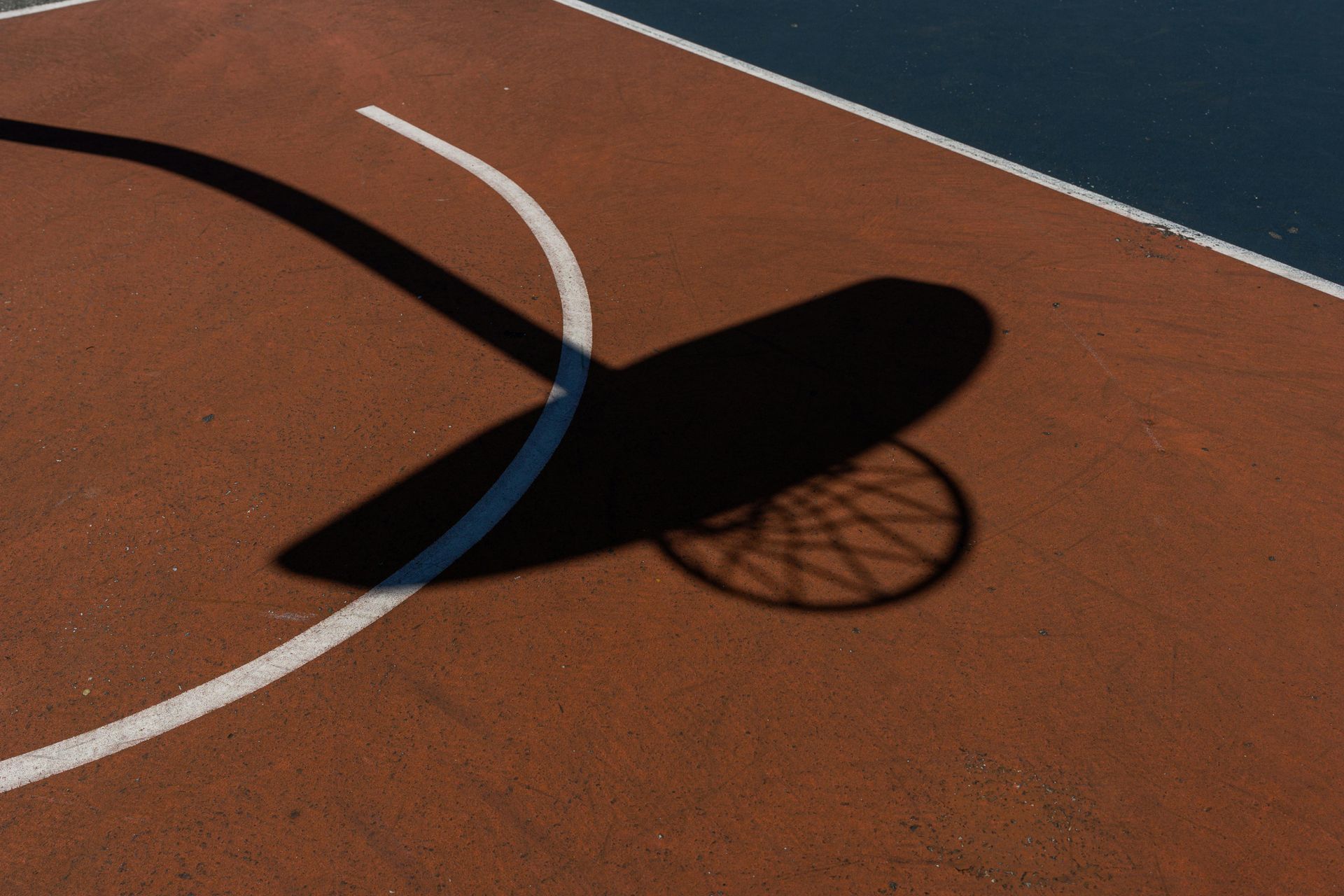
Choosing the right flooring for a basketball court isn’t just about aesthetics; it plays a huge role in performance, maintenance, safety, and long-term costs. If you're planning a gym renovation or starting from scratch on a new sports facility, knowing the pros and cons of hardwood and synthetic surfaces can help you make a smarter investment.
Basketball is consistently ranked among the top five most popular sports in the United States, which means your choice of court surface matters more than ever. Want to know which option delivers on comfort, durability, and style? Keep reading to explore a full breakdown of both flooring types.
Hardwood Basketball Floors
Hardwood has long been the standard for indoor basketball courts. It’s a favorite among pros, schools, and sports facilities, thanks to its smooth surface and consistent bounce.
If you're thinking about going with hardwood, here are some important points to consider:
Pros of Hardwood Flooring
- Excellent ball bounce: Maple hardwood provides a reliable and consistent bounce, giving players confidence on every dribble.
- Timeless aesthetics: There's nothing quite like the warm, polished look of real wood—it’s iconic in gymnasiums and basketball arenas.
- Long lifespan: With proper care and resurfacing every few years, hardwood floors can last decades.
- Resurfacing options: Unlike synthetic floors, hardwood can be sanded and refinished to restore its look and performance.
Cons of Hardwood Flooring
- Sensitive to climate: Moisture and temperature changes can cause wood to expand, contract, or even warp.
- High maintenance: Requires regular cleaning, refinishing, and sometimes resurfacing.
- Higher upfront cost: The materials and installation process are more expensive than most synthetic alternatives.
- Slippery when worn: Over time, the polish and wear can make the floor slick, increasing the risk of slips and falls.
Synthetic Basketball Floors
Synthetic sports flooring has come a long way. Today’s systems can mimic the feel of wood while offering better durability, easier maintenance, and greater flexibility in design.
Let’s look at what synthetic floors bring to the table:
Pros of Synthetic Flooring
- Custom shock absorption: Systems like polyurethane or rubberized vinyl can be engineered to specific comfort levels for players.
- Weather resistant: Better suited for facilities in areas with humidity, moisture, or temperature swings.
- Design flexibility: Choose from a wide range of colors and add logos or custom lines directly into the surface.
- Low maintenance: No sanding or sealing is needed—just regular cleaning.
- Eco-friendly options: Some synthetic surfaces are made from recycled materials and are easier to recycle when replaced.
Cons of Synthetic Flooring
- Different feel: Players used to hardwood may find the surface “less natural” at first.
- May need full replacement: Unlike wood, synthetic floors can’t be resurfaced. When they wear out, they usually need a full replacement.
- Cost variation: While many synthetic floors are more affordable upfront, high-end systems can rival hardwood in price.
Installation Differences
Installing a basketball court is more than just picking a surface. How that surface is installed plays a major role in its longevity, safety, and overall performance. Hardwood and synthetic systems each require different approaches, timelines, and expertise, which can influence your decision based on your project’s goals, budget, and schedule.
Hardwood Installation
Hardwood basketball courts involve a meticulous and multi-step installation process. It starts with preparing the subfloor, which must be dry, level, and clean to support the wooden surface. Moisture barriers are added to prevent water from seeping into the wood, which can cause warping or mold over time.
A sleeper system or sub-construction is often installed beneath the hardwood to provide shock absorption and player comfort. Then comes the plank installation, which requires precise alignment and secure fastening to ensure a consistent playing surface.
Once the planks are in place, the entire floor is sanded, sealed, and finished with multiple coats of polyurethane for durability and a glossy look. Finally, court lines and any branding elements are painted on. This entire process typically takes several weeks and should only be performed by professionals experienced in hardwood sports flooring.
Synthetic Installation
Compared to hardwood, synthetic basketball flooring offers a much faster and more flexible installation process. Depending on the type—such as rolled vinyl, interlocking tiles, or poured polyurethane—the installation timeline can be completed in a matter of days. The subfloor still needs to be prepped, but it’s generally a simpler process with fewer moisture concerns.
Roll-out vinyl and tile-based synthetic systems are bonded directly to the subfloor or floated in place. These materials don’t require sanding or sealing, which speeds things up considerably. Once the surface is secure, game lines, graphics, or logos can be applied using durable paints or pre-printed designs. Because it avoids many of the time-consuming steps required for wood, synthetic installation is ideal for facilities on a tight deadline or working within a more limited budget.
Performance Breakdown
Your flooring choice directly affects gameplay. From dribbling consistency to joint protection, here’s what to keep in mind:
- Ball bounce: Hardwood offers the most consistent bounce, while synthetic surfaces can vary based on the system used.
- Grip and slide: Both flooring types can deliver excellent traction. Synthetic floors are often engineered with added slip-resistance.
- Shock absorption: Wood has a natural “give,” while synthetic floors can be designed with precise absorption values.
- Multi-use compatibility: Synthetic floors often handle multi-sport or non-sport events better, resisting dents and damage from tables, chairs, or equipment.
Maintenance
Proper upkeep is crucial for extending the life of any court. While both materials need care, the level of effort and cost differ.
Hardwood maintenance typically involves:
- Daily dust mopping
- Regular refinishing (every 8–10 years)
- Occasional deep cleaning with wood-specific products
- Protecting against humidity changes
Synthetic maintenance involves:
- Sweeping or dry mopping regularly
- Occasional machine cleaning with mild solutions
- Visual inspections for wear or surface damage
- Less worry about humidity or spills
Cost Comparison
Budget is often a deal-breaker when choosing court flooring. Here's what you need to keep in mind financially.
- Initial installation: Hardwood usually costs more upfront due to the material and labor. Synthetic floors are often cheaper to install.
- Long-term maintenance: Wood may last 40–50 years but requires periodic resurfacing. Synthetic floors might last 15–30 years but need less intensive upkeep.
- Replacement costs: Hardwood can be refinished multiple times, while synthetic often needs full replacement after heavy wear.
If you're weighing the pros and cons from a budget standpoint, think long-term—both systems have trade-offs in maintenance and lifespan.
Facility Usage
Not all courts are used exclusively for basketball. Many schools and community gyms host other sports, events and gatherings.
Wood floors are great for:
- Dedicated basketball and volleyball courts
- Gyms with controlled climate
- Institutions with staff and budget for regular refinishing
Synthetic floors are better for:
- Multi-sport facilities (like basketball, volleyball, PE classes)
- Spaces that host dances, dinners, or assemblies
- Locations needing quick turnaround or easy cleaning
Environmental Considerations
Sustainability is becoming a key factor in sports flooring decisions. Hardwood is a natural material, but it requires tree harvesting. Opting for FSC-certified wood and working with responsible manufacturers can help reduce the environmental impact.
Synthetic surfaces, on the other hand, are often made from recycled rubber or vinyl. Some synthetic floors are also recyclable at the end of their lifespan, offering a more circular option for eco-conscious facilities.
Choosing the Right Partner
No matter which surface you choose, proper installation and support make all the difference. Mor Sports Group specializes in both hardwood and synthetic basketball court systems. Their team offers end-to-end support—from surface selection and design to expert installation and maintenance. With decades of experience, they’ll help you create a court that meets your performance, budget, and branding needs.
Mor Sports Group also offers repair, resurfacing, and custom branding services for basketball courts. If you're upgrading an existing facility or starting from scratch with a new build, they can tailor the surface to suit your specific needs, like adding a school logo, fine-tuning shock absorption, or meeting FIBA standards. Their comprehensive approach ensures your court isn’t just built to play but built to last.
Conclusion
Both hardwood and synthetic basketball court surfaces offer unique benefits. Your final decision hinges on how the court will function, what your budget allows, and the level of maintenance you're ready to commit to. Whether your priority is high performance, flexibility, or long-term durability, selecting the right surface for your basketball court plays a major role in delivering a great basketball experience. Let the court you build reflect your goals, your style, and your commitment to great gameplay.
